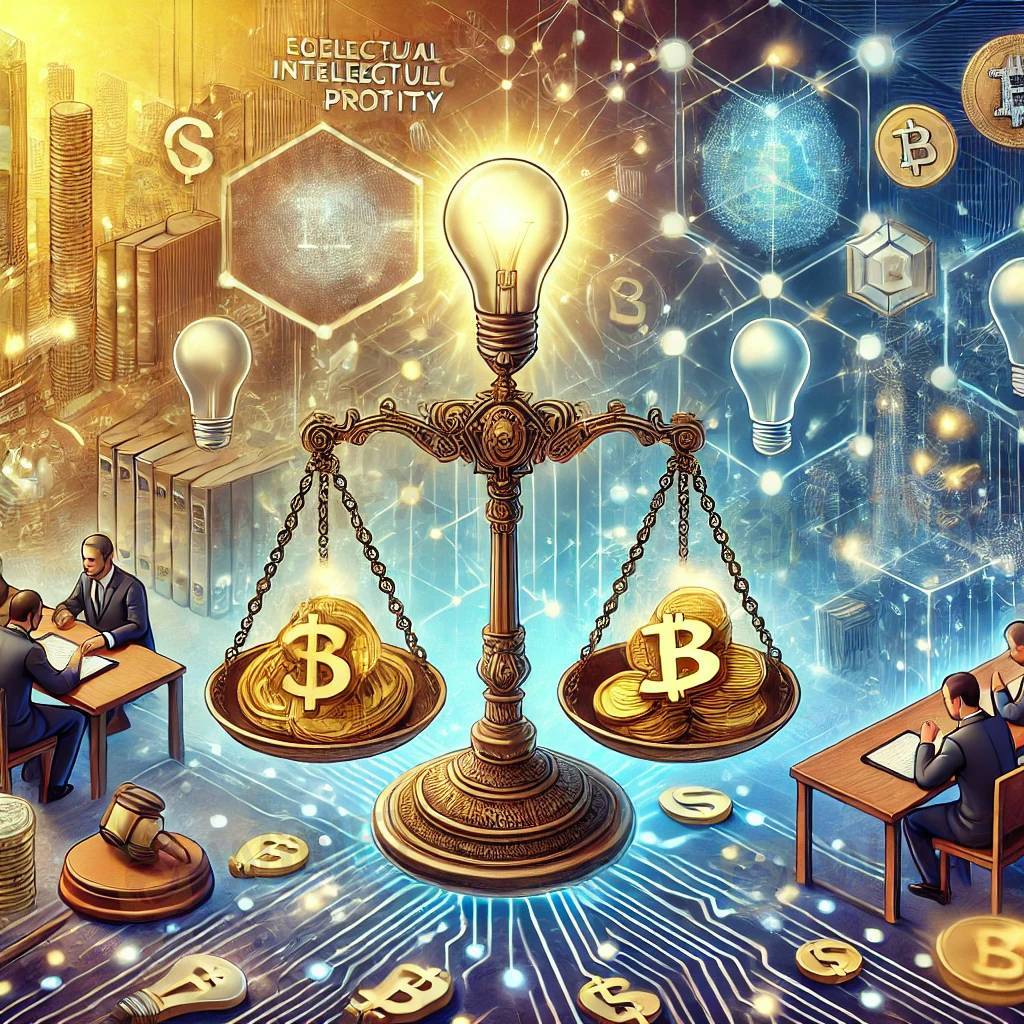
2025-02-14 15:39
IndustryThe Economics of Intellectual Property
#firstdealofthenewyearastylz
The Economics of Intellectual Property
Intellectual Property (IP) plays a crucial role in modern economies by incentivizing innovation, creativity, and economic growth. It encompasses patents, copyrights, trademarks, and trade secrets, each serving different purposes in protecting intellectual assets.
1. The Economic Justification for IP Rights
IP rights exist to correct market failures caused by the non-rivalrous and non-excludable nature of ideas. Without protection, innovators and creators may be unable to capture the full benefits of their work, leading to underinvestment in research and development (R&D). IP rights create artificial scarcity, allowing creators to monetize their innovations and recoup investment costs.
2. IP and Market Efficiency
- *Incentivizing Innovation: Strong IP protections encourage firms and individuals to invest in innovation by ensuring a temporary monopoly over their creations.
- Knowledge Spillovers: While IP laws restrict immediate access to new ideas, they also promote knowledge diffusion through licensing and publications.
- Balancing Competition and Monopoly: IP laws aim to strike a balance between rewarding creators and preventing excessive monopolization that stifles competition.
3. The Economic Impact of Different IP Regimes
- Patents: Encourage technological advancements but can also lead to patent thickets, reducing innovation.
- Copyrights: Protect creative works but may restrict access and limit derivative works.
- Trademarks: Help consumers identify brands and ensure quality but may be misused for market dominance.
- Trade Secrets: Allow businesses to maintain competitive advantages without public disclosure but lack legal protections against independent discovery.
4. IP and Economic Growth
Stronger IP protections correlate with higher levels of investment in innovation, particularly in developed economies. However, overly restrictive IP laws can hinder competition and technological diffusion, slowing down overall economic progress. Emerging economies often struggle to balance IP enforcement with the need for affordable access to knowledge and technology.
5. Challenges and Reforms in IP Economics
- Patent Reform: Reducing patent trolling and improving patent quality.
- Copyright Duration: Finding the optimal length of protection to balance incentives and public access.
- Open Innovation Models: Encouraging collaborative innovation while maintaining IP protection.
- Global IP Harmonization: Addressing disparities between developed and developing nations.
Conclusion
The economics of intellectual property involve a delicate trade-off between fostering innovation and ensuring fair market competition. While strong IP protections drive investment in R&D, excessive restrictions can stifle competition and limit access to knowledge. Policymakers must continually adapt IP laws to optimize their impact on innovation, economic growth, and public welfare.
Like 0

Bluebella
Broker
Hot content
Industry
Event-A comment a day,Keep rewards worthy up to$27
Industry
Nigeria Event Giveaway-Win₦5000 Mobilephone Credit
Industry
Nigeria Event Giveaway-Win ₦2500 MobilePhoneCredit
Industry
South Africa Event-Come&Win 240ZAR Phone Credit
Industry
Nigeria Event-Discuss Forex&Win2500NGN PhoneCredit
Industry
[Nigeria Event]Discuss&win 2500 Naira Phone Credit
Forum category

Platform

Exhibition

Agent

Recruitment

EA

Industry

Market

Index
The Economics of Intellectual Property
 Hong Kong | 2025-02-14 15:39
Hong Kong | 2025-02-14 15:39#firstdealofthenewyearastylz
The Economics of Intellectual Property
Intellectual Property (IP) plays a crucial role in modern economies by incentivizing innovation, creativity, and economic growth. It encompasses patents, copyrights, trademarks, and trade secrets, each serving different purposes in protecting intellectual assets.
1. The Economic Justification for IP Rights
IP rights exist to correct market failures caused by the non-rivalrous and non-excludable nature of ideas. Without protection, innovators and creators may be unable to capture the full benefits of their work, leading to underinvestment in research and development (R&D). IP rights create artificial scarcity, allowing creators to monetize their innovations and recoup investment costs.
2. IP and Market Efficiency
- *Incentivizing Innovation: Strong IP protections encourage firms and individuals to invest in innovation by ensuring a temporary monopoly over their creations.
- Knowledge Spillovers: While IP laws restrict immediate access to new ideas, they also promote knowledge diffusion through licensing and publications.
- Balancing Competition and Monopoly: IP laws aim to strike a balance between rewarding creators and preventing excessive monopolization that stifles competition.
3. The Economic Impact of Different IP Regimes
- Patents: Encourage technological advancements but can also lead to patent thickets, reducing innovation.
- Copyrights: Protect creative works but may restrict access and limit derivative works.
- Trademarks: Help consumers identify brands and ensure quality but may be misused for market dominance.
- Trade Secrets: Allow businesses to maintain competitive advantages without public disclosure but lack legal protections against independent discovery.
4. IP and Economic Growth
Stronger IP protections correlate with higher levels of investment in innovation, particularly in developed economies. However, overly restrictive IP laws can hinder competition and technological diffusion, slowing down overall economic progress. Emerging economies often struggle to balance IP enforcement with the need for affordable access to knowledge and technology.
5. Challenges and Reforms in IP Economics
- Patent Reform: Reducing patent trolling and improving patent quality.
- Copyright Duration: Finding the optimal length of protection to balance incentives and public access.
- Open Innovation Models: Encouraging collaborative innovation while maintaining IP protection.
- Global IP Harmonization: Addressing disparities between developed and developing nations.
Conclusion
The economics of intellectual property involve a delicate trade-off between fostering innovation and ensuring fair market competition. While strong IP protections drive investment in R&D, excessive restrictions can stifle competition and limit access to knowledge. Policymakers must continually adapt IP laws to optimize their impact on innovation, economic growth, and public welfare.
Like 0
I want to comment, too
Submit
0Comments

There is no comment yet. Make the first one.

Submit
There is no comment yet. Make the first one.